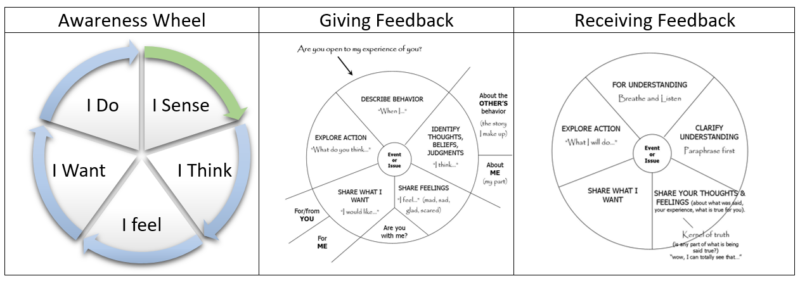
Workplace Learning Culture
Workplace Learning Culture
Building a Workplace Learning Culture begins with acknowledging that all cultures are “learning cultures.”
“Culture is: The learned and shared behaviors and perceptions of a group, which have been transmitted from generation to generation, through a shared symbol system.”
I’ve been training a program called, “Learning Culture – Results Focused Communication” for a while now and I begin every course by asking the same question, “what is a learning culture?” After getting through the inevitable, “All cultures are learning cultures” we talk about the characteristics that make an effective learning culture.
Above all else, I think the one over arching characteristic of an organization with a learning culture is a Growth Mindset. A Learning Culture is one with a growth mindset. A culture with a fixed mindset remains rigid and unchanging. A fixed mindset culture uses words like; always, never, and they. While a growth mindset culture is willing to challenge the status quo, and lean into discomfort. Employees in a Learning Culture tend to actively seek opportunities to learn new things and feel compelled to share their new-found knowledge.
According to the Society for Human Resource Managers (SHRM), here are some examples of traits associated with Learning Cultures[1]:
- Commitment from top to bottom
- Cultivate a growth mindset
- Hire life-long learners
- Start with Why, How, then What
- Encourage candor and dissent
- Support risk taking, celebrate failure
- Practice humility
- Build teams, not stars
- Build small teams
- Build systems and stay on track
- Address issues quickly, directly
- Solve problems at the lowest level
- Reward what they say they value
The Learning Culture Course:
Outcomes:
- Communicate more effectively
- Resolve interpersonal conflict
- Effectively give and receive feedback
- Discuss, resolve workplace concerns
16-Hour Initial Training:
During this 2-day exploration of effective communication methods participants will learn to address concerns by taking accountability of their influence. Participants will practice methods to overcome interpersonal-gaps to ensure more effective communication. They will use the, “Awareness Wheel” to explore and resolve issues while practicing Active Constructive Responding. Participants will also practice methods to reduce triangulation, rumors, and gossip in the workplace.
4-Hour Refresher Training:
In the 4-hour refresher participants who were previously had the 16-hour version will receive a brief update on familiar material. Participants will practice interpersonal communication skills using Active Constructive Responding. They will also learn to avoid response blocks when giving and receiving feedback. Because this of the limited amount of time participants will move quickly into using the, “Awareness Wheel” and begin facilitating results focused conversations early in the training. Participants in the refresher workshop should be remember the graphics below from the previous training.
[1] SHRM, How to Create a Learning Culture: https://www.shrm.org/hr-today/news/hr-magazine/pages/0515-learning-culture.aspx

